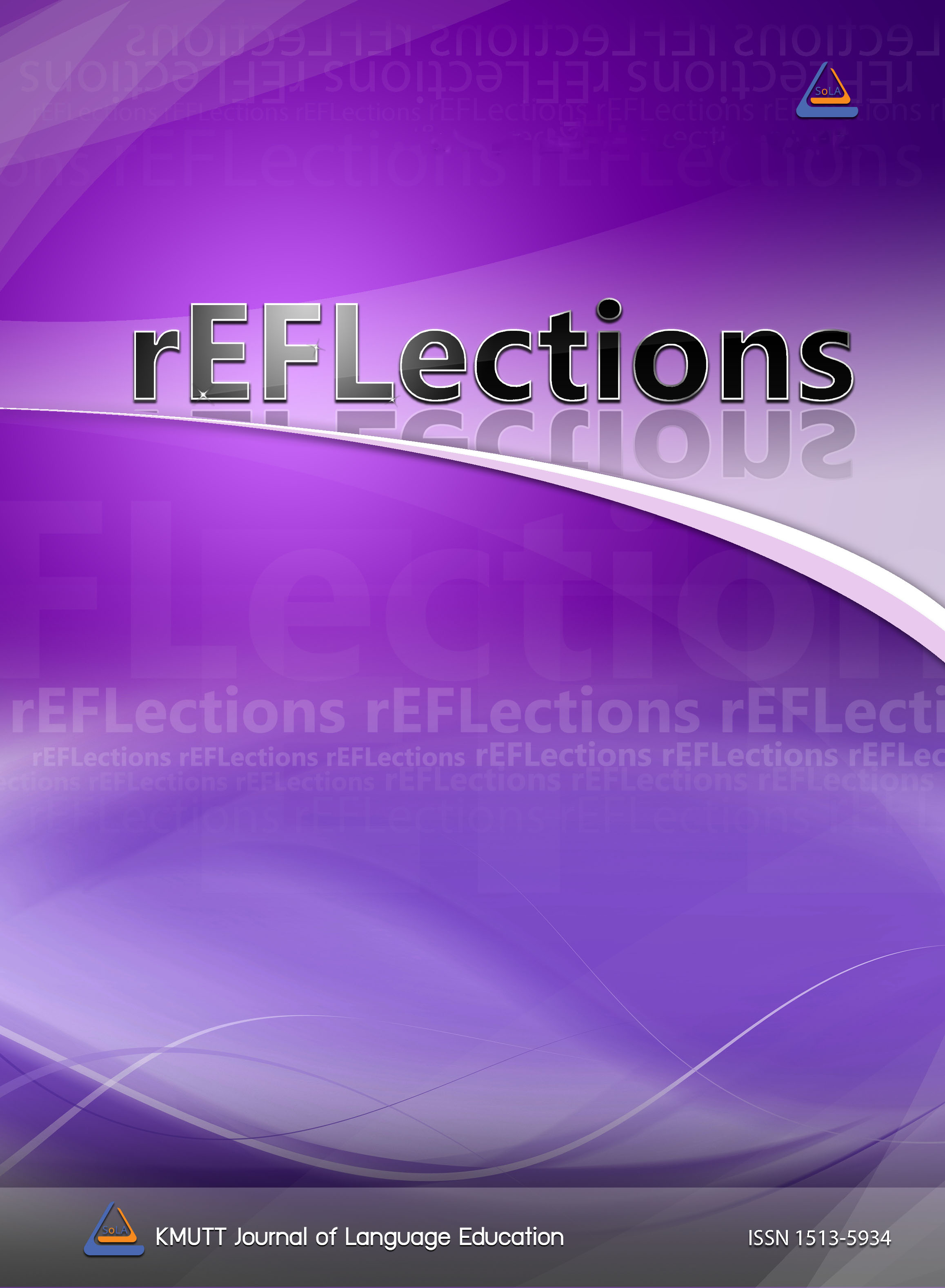How Has Business Communication Changed in the Last 4,000 Years?
Main Article Content
Abstract
Understanding how language is used in specific contexts and the reasons for this can be helped by examining historical change in genres. In this study focusing on business communication, texts serving the same purpose of demanding payment for a debt but separated by 4,000 years are analysed. The ancient text is a Sumerian cuneiform tablet which is compared to two modern model business letters. The texts are investigated through a genre analysis focusing on functions and linguistic features and a multidimensional register analysis. Both analyses produce similar results with the main exception being the sequencing of functions. The lack of much meaningful change in business communication in the last 4,000 years is likely to be due to the dominant influence of communicative purposes in guiding how language is used.
Article Details
References
Bawarshi, A. S., & Reiff, M. J. (2010). Genre: An Introduction to History, Theory, Research, and Pedagogy. West Lafayette, IN: Parlor Press.
Biber, D. (1988). Variation across Speech and Writing. Cambridge, United Kingdom: Cambridge University Press.
Biber, D., & Conrad, S. (2009). Register, Genre, and Style. Cambridge, United Kingdom: Cambridge University Press.
Brown, G. (1989). Making sense: The interaction of linguistic expression and contextual information. Applied Linguistics, 10(1), 97-108. DOI: 10.1093/applin/10.1.97
Gunnarson, B. (2009). Professional Discourse. London, United Kingdom: Continuum.
Herring, S. C. (2007). A faceted classification scheme for computer-mediated discourse. Language@Internet 4, article 1.
Holt I. L. (1911). Tablets from the R. Campbell Thompson Collection in Haskell Oriental Museum. (PhD dissertation). University of Chicago, Chicago, USA.
Hyon, S. (2018). Introducing Genre and English for Specific Purposes. London, The United Kingdom: Routledge.
Lindsell-Roberts, S. (2004). Strategic Business Letters and E-mail. Boston, NY: Houghton Mifflin.
Moreno, A. I., & Swales, J. M. (2018). Strengthening move analysis methodology towards bridging the function-form gap. English for Specific Purposes, 50, 40-63. DOI: 10.1016/j.esp.2017.11.006
Nini, A. (2015). Multidimensional Analysis Tagger 1.3 [computer program]. Retrieved from: http://sites.google.com/site/multidimensionaltagger.
Oppenheim, A. L. (1967). Letters from Mesopotamia: Official, Business and Private Letters on Clay Tablets from Two Millennia. Chicago, IL: University of Chicago Press.
Swales, J. M. (1981). Aspects of Article Introductions: Aston ESP Research Reports No. 1. Birmingham, United Kingdom: University of Aston.
Swales, J. M. (1990). Genre Analysis: English in Academic and Research Settings. Cambridge, United Kingdom: Cambridge University Press.
Taylor, S. (2004). Modern Business Letters, E-mails & Other Business Documents. London, United Kingdom: Prentice Hall.
Verschueren, J. (1999). Understanding Pragmatics. London, United Kingdom: Arnold.
Wright, L. (2005). Medieval mixed-language business texts and the rise of standard English. In Skaffari, J., Peikola, M., Carroll, R., Hiltunen, R. and Wårvik, B. (eds.) Opening Windows on Texts and Discourses of the Past (pp. 38139). Amsterdam, The Netherlands: John Benjamins.

